23+ Editorial Examples to Download
In the realm of journalism and written expression, editorials stand as formidable tools for delivering opinions, analyzing issues, and influencing public discourse. Crafting an effective editorial requires more than just a pen and paper; it demands keen observation, a firm grasp of language, and the art of persuasion. This article delves into the essence of editorials, guiding you through the process of creating compelling pieces that can captivate minds and spark conversations.
Editorial Freelance Agreement Template

Editorial Job Description Template
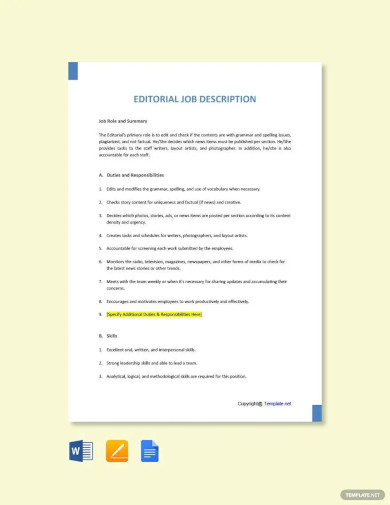
Editorial Cover Letter
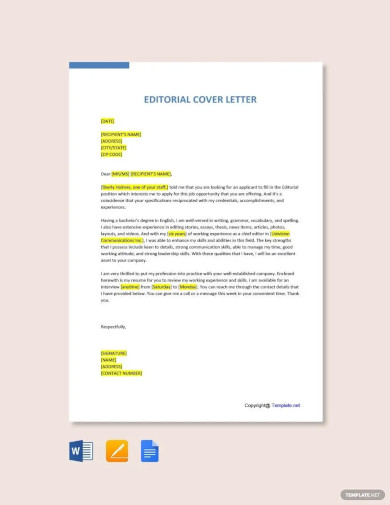
Editorial Assistant Job Description Template
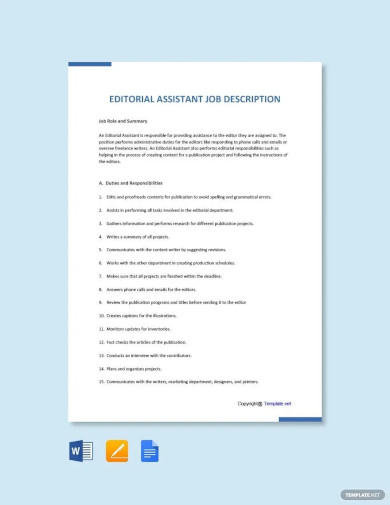
Editorial Assistant Cover Letter
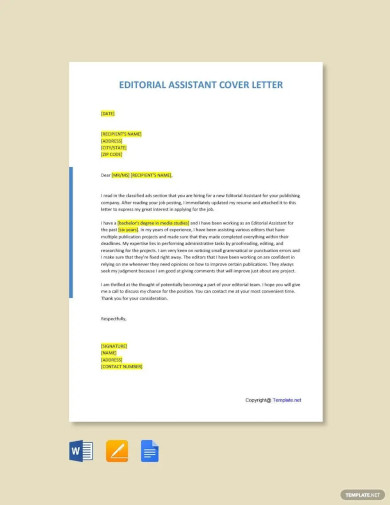
Editorial Writing Examples About Drugs
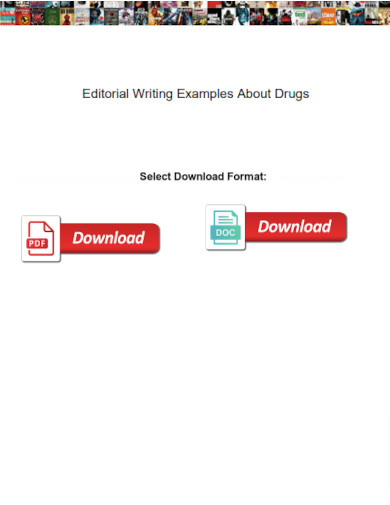
pefraser.com
Sample Opinion Editorial Examples
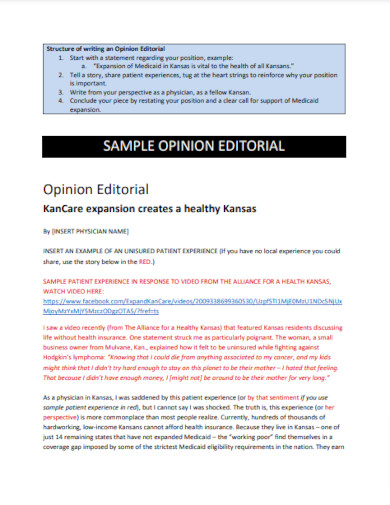
kafponline.org
News Editorial Guidelines
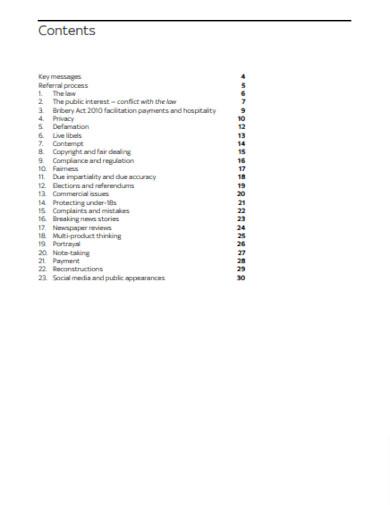
news.sky.com
Model Editorial Policy Template

jeasprc.org
Sample Opinion Editorial on Domestic Violence
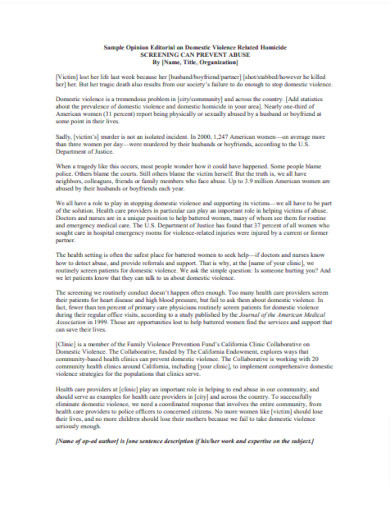
leapsf.org
Sample Editorial Examples
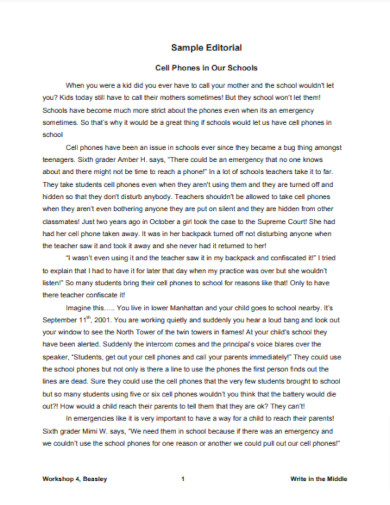
learner.org
Simple Editorials Template

readwritethink.org
Basic Opinion Editorial
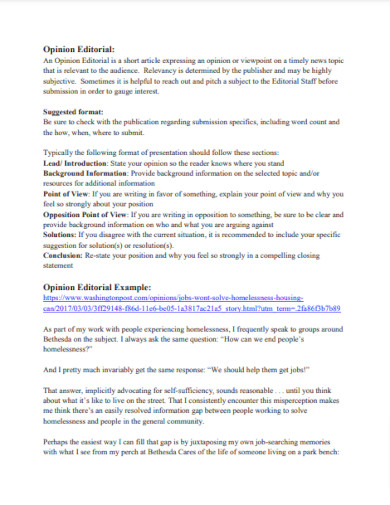
cdn.ymaws.com
Opinion Editorial Op-ed Template

championprovider.ucsf.edu
First Day of School Editorial
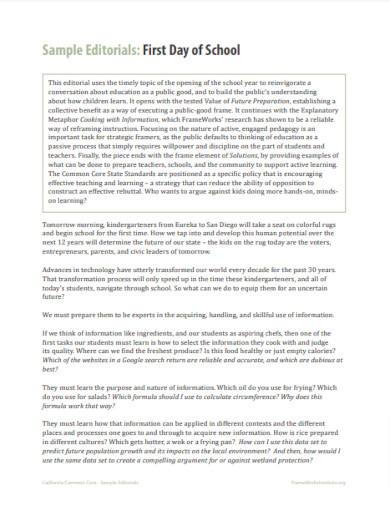
frameworksinstitute.org
Draft Opinion Editorial Examples
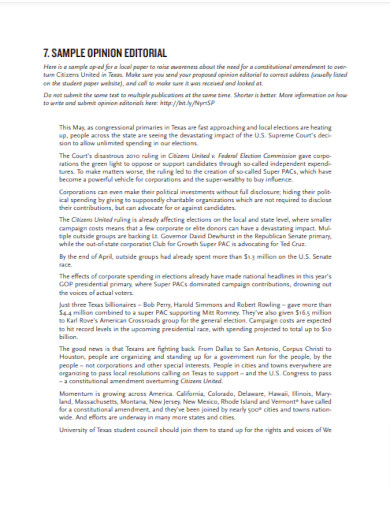
citizen.org
Writing an Editorial Template
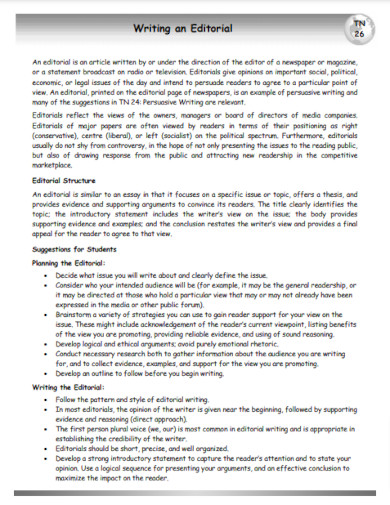
edu.gov.mb.ca
Editorial on Disaster Planning
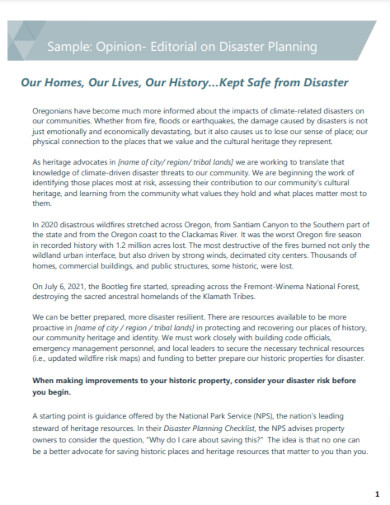
oregon.gov
Editable Editorial Examples

files.eric.ed.gov
Editorial Boards Template
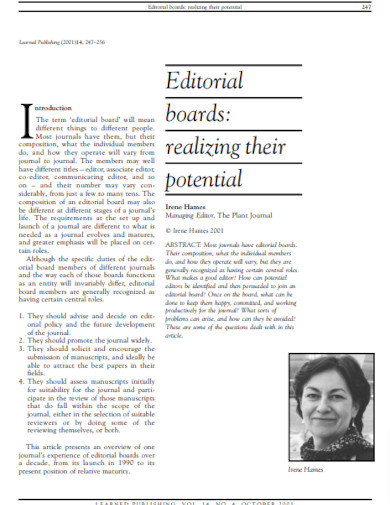
onlinelibrary.wiley.com
Editorial Email Newsletters
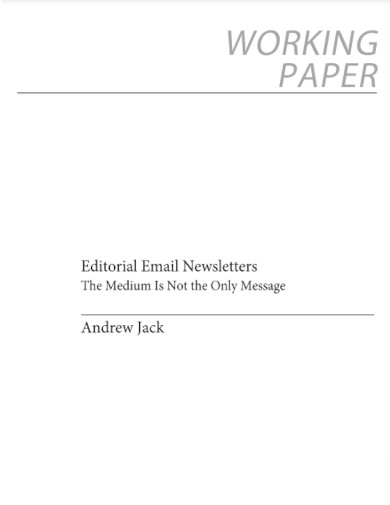
reutersinstitute.politics.ox.ac.uk
Implantable Bioelectronics Editorial
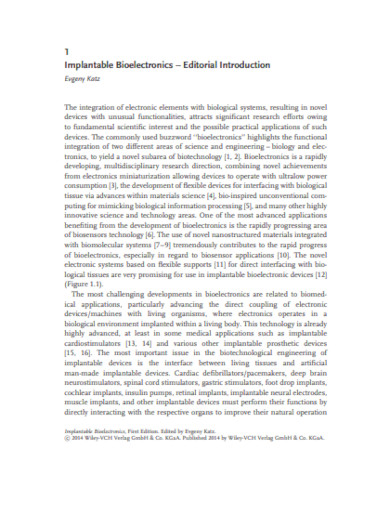
application.wiley-vch.de
New Editorial Instructions
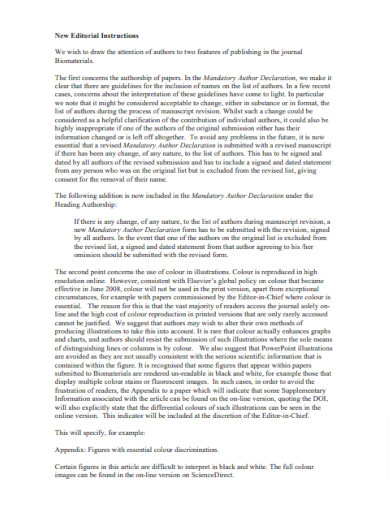
elsevier.com
Editorial Policy Checklist
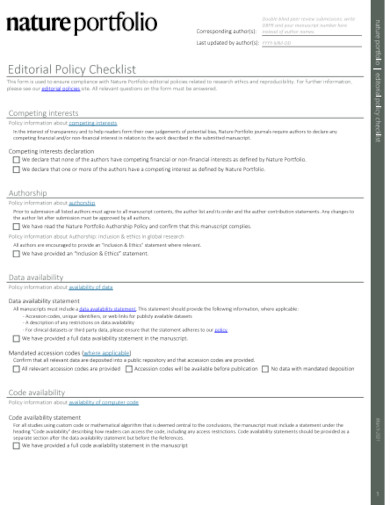
nature.com
What is an Editorial?
At its core, an editorial is an expression of opinion by the editorial board or an individual author of a publication. It encapsulates insights and viewpoints on various subjects, from societal matters to political intricacies. Editorials don’t merely present facts; they delve into the context, analyze events, and provide interpretations that can enlighten readers. These pieces possess the power to sway public sentiment and stimulate critical discussions.
How to Write an Editorial
Before penning a single word, clarify your objectives. Are you advocating for change, critiquing a policy, or shedding light on an underrepresented issue? Understanding your purpose guides the tone and direction of your editorial. Consider your target audience as well; tailoring your language and arguments to resonate with them is key.
Step 1: Define Your Purpose and Audience
Before penning a single word, clarify your objectives. Are you advocating for change, critiquing a policy, or shedding light on an underrepresented issue? Understanding your purpose guides the tone and direction of your editorial. Consider your target audience as well; tailoring your language and arguments to resonate with them is key.
Step 2: Research and Gather Insights
An editorial’s strength lies in its foundation of solid research. Collect information from reliable sources, be it news articles, reports, or studies. This not only enriches your perspective but also lends credibility to your arguments. Take notes and organize your findings for easy reference.
Step 3: Construct a Cohesive Outline
The structure is the backbone of any well-crafted editorial. Utilize outline formats to arrange your thoughts logically. Divide your piece into an introduction, body, and conclusion. Each segment serves a unique purpose – the introduction hooks readers, the body expounds your arguments, and the conclusion leaves a lasting impression.
Step 4: Master the Art of Persuasion
Now comes the heart of your editorial: persuasion. Employ literary devices, well-chosen verbs, and vivid nouns to make your writing engaging. Blend a simple sentence with compound sentences while employing conjunctions to enhance flow. Maintain a consistent tone that suits your purpose – be it authoritative, empathetic, or contemplative.
FAQs
What’s the difference between an editorial and a news article?
While news articles deliver objective facts, editorials offer opinions and interpretations. Editorials analyze events, often taking a stance on issues, whereas news articles provide unbiased information.
Can I use humor in my editorial?
Yes, humor can be effective, but use it judiciously. Ensure it aligns with your tone and doesn’t undermine the seriousness of your subject.
Is it necessary to include counterarguments?
Incorporating counterarguments showcases fairness and strengthens your position. Addressing opposing views demonstrates a thorough understanding of the topic.
In the intricate dance of crafting editorials, one must wield language with precision and conviction. By embracing the elements of skills in writing, diligent research, and strategic persuasion, you can create editorials that not only voice your opinions but also impact the perspectives of your readers. So, seize the power of editorials, for within their words lies the potential to shape narratives and drive change.
23+ Editorial Examples to Download
In the realm of journalism and written expression, editorials stand as formidable tools for delivering opinions, analyzing issues, and influencing public discourse. Crafting an effective editorial requires more than just a pen and paper; it demands keen observation, a firm grasp of language, and the art of persuasion. This article delves into the essence of editorials, guiding you through the process of creating compelling pieces that can captivate minds and spark conversations.
Editorial Freelance Agreement Template

Details
File Format
Word
Google Docs
Apple Pages
Size: 17 KB
Editorial Job Description Template

Details
File Format
Word
Google Docs
Apple Pages
PDF
Size: 24 KB
Editorial Cover Letter

Details
File Format
Word
Google Docs
Apple Pages
PDF
Size: 24 KB
Editorial Assistant Job Description Template

Details
File Format
Word
Google Docs
Apple Pages
PDF
Size: 24 KB
Editorial Assistant Cover Letter

Details
File Format
Word
Google Docs
Apple Pages
PDF
Size: 25 KB
Editorial Writing Examples About Drugs

pefraser.com
Details
File Format
PDF
Size: 108 KB
Sample Opinion Editorial Examples

kafponline.org
Details
File Format
PDF
Size: 511 KB
News Editorial Guidelines

news.sky.com
Details
File Format
PDF
Size: 166 KB
Model Editorial Policy Template

jeasprc.org
Details
File Format
PDF
Size: 197 KB
Sample Opinion Editorial on Domestic Violence

leapsf.org
Details
File Format
PDF
Size: 9 KB
Sample Editorial Examples

learner.org
Details
File Format
PDF
Size: 50 KB
Simple Editorials Template

readwritethink.org
Details
File Format
PDF
Size: 150 KB
Basic Opinion Editorial

cdn.ymaws.com
Details
File Format
PDF
Size: 154 KB
Opinion Editorial Op-ed Template

championprovider.ucsf.edu
Details
File Format
PDF
Size: 251 KB
First Day of School Editorial

frameworksinstitute.org
Details
File Format
PDF
Size: 122 KB
Draft Opinion Editorial Examples

citizen.org
Details
File Format
PDF
Size: 31 KB
Writing an Editorial Template

edu.gov.mb.ca
Details
File Format
PDF
Size: 40 KB
Editorial on Disaster Planning

oregon.gov
Details
File Format
PDF
Size: 104 KB
Editable Editorial Examples

files.eric.ed.gov
Details
File Format
PDF
Size: 110 KB
Editorial Boards Template

onlinelibrary.wiley.com
Details
File Format
PDF
Size: 186 KB
Editorial Email Newsletters

reutersinstitute.politics.ox.ac.uk
Details
File Format
PDF
Size: 2 MB
Implantable Bioelectronics Editorial

application.wiley-vch.de
Details
File Format
PDF
Size: 1 MB
New Editorial Instructions

elsevier.com
Details
File Format
PDF
Size: 9 KB
Editorial Policy Checklist

nature.com
Details
File Format
PDF
Size: 2 MB
What is an Editorial?
At its core, an editorial is an expression of opinion by the editorial board or an individual author of a publication. It encapsulates insights and viewpoints on various subjects, from societal matters to political intricacies. Editorials don’t merely present facts; they delve into the context, analyze events, and provide interpretations that can enlighten readers. These pieces possess the power to sway public sentiment and stimulate critical discussions.
How to Write an Editorial
Before penning a single word, clarify your objectives. Are you advocating for change, critiquing a policy, or shedding light on an underrepresented issue? Understanding your purpose guides the tone and direction of your editorial. Consider your target audience as well; tailoring your language and arguments to resonate with them is key.
Step 1: Define Your Purpose and Audience
Before penning a single word, clarify your objectives. Are you advocating for change, critiquing a policy, or shedding light on an underrepresented issue? Understanding your purpose guides the tone and direction of your editorial. Consider your target audience as well; tailoring your language and arguments to resonate with them is key.
Step 2: Research and Gather Insights
An editorial’s strength lies in its foundation of solid research. Collect information from reliable sources, be it news articles, reports, or studies. This not only enriches your perspective but also lends credibility to your arguments. Take notes and organize your findings for easy reference.
Step 3: Construct a Cohesive Outline
The structure is the backbone of any well-crafted editorial. Utilize outline formats to arrange your thoughts logically. Divide your piece into an introduction, body, and conclusion. Each segment serves a unique purpose – the introduction hooks readers, the body expounds your arguments, and the conclusion leaves a lasting impression.
Step 4: Master the Art of Persuasion
Now comes the heart of your editorial: persuasion. Employ literary devices, well-chosen verbs, and vivid nouns to make your writing engaging. Blend a simple sentence with compound sentences while employing conjunctions to enhance flow. Maintain a consistent tone that suits your purpose – be it authoritative, empathetic, or contemplative.
FAQs
What’s the difference between an editorial and a news article?
While news articles deliver objective facts, editorials offer opinions and interpretations. Editorials analyze events, often taking a stance on issues, whereas news articles provide unbiased information.
Can I use humor in my editorial?
Yes, humor can be effective, but use it judiciously. Ensure it aligns with your tone and doesn’t undermine the seriousness of your subject.
Is it necessary to include counterarguments?
Incorporating counterarguments showcases fairness and strengthens your position. Addressing opposing views demonstrates a thorough understanding of the topic.
In the intricate dance of crafting editorials, one must wield language with precision and conviction. By embracing the elements of skills in writing, diligent research, and strategic persuasion, you can create editorials that not only voice your opinions but also impact the perspectives of your readers. So, seize the power of editorials, for within their words lies the potential to shape narratives and drive change.

